I’ve been thinking a lot about fairy tales, particularly of the fractured kind. In December, when I blogged about writing dark humour, I promised a special post about one of the genre’s most popular offshoots – fractured fairy tales. If we remember that dark humour breaks with traditional narrative structure, engages parents on a secondary level with irony, and often uses animal characters to soften any moral dubiousness, you will start to see a pattern emerging in some of your favourite picture books.
Popular American Fractured Fairy Tales You May Have Read I can’t think of a dark comedy picture book I’ve enjoyed reading more than That is Not a Good Idea, written and illustrated by the great Mo Willems. It’s got enticing repetition and a delightful subversive twist on the persuasive powers of the Big Bad Wolf. As the story unravels, the reader begins to realise that there is a dual power play between Wolf and the Duck (his potential victim) and we begin to question who is hunting who. This is where the book’s brilliance lies. Even the youngest readers will come with preconceptions of this devious villain and will be genuinely surprised when he is duped by a worthy adversary. A victory for the little guy (or gal)! We all know The Hat Trilogy by master black humourist Jon Klassen but have you read The Wolf, the Duck and the Mouse by Mac Barnett and illustrated by his partner in crime, Klassen? It has all the visual hallmarks of this clever illustrator, with its dark colour palette, so it is a joy to find that Barnett’s narrative lives up to the reader’s expectations of what a Klassen book should be. Another brilliant twist on the Big Bad Wolf tale, this story reveals why the wolf howls to the moon, with a clever and unlikely scenario about a duck and a mouse. These characters utterly subvert the wolf’s power and happily live inside his stomach, causing endless intestinal issues for their hapless host. This one had my son glued and I was well-rewarded to find that he got the joke and understood the final twist, though it is far from spelled out for the reader. Dark humour is the antithesis of moralistic and patronising and I love that it doesn’t underestimate the intelligence or maturity of children. Australian Fractured Fairy Tales You Might Also Like I’ll be the first to admit that I found it harder to find good examples of this genre from writers of Australian children's books. Fractured nursery rhymes are massively popular in the Aussie market as I mentioned in my last blog but satirical fairy tales are somewhat rarer. Having said this, I’d highly recommend both the following books, though the latter is a little out of the picture book age group and is a junior fiction. It is clearly written on two levels for smart middle grade and young adult readers and adults, who are naturally more cynical. Still, I’ve included it because it’s an intelligent example of satirical humour and it helps to read a genre widely, if you are going to attempt to write it. The Little Bad Wolf by Sam Bowring (author) and Lachlan Creagh (illustrator) is again celebrating the legend of the Big Bad Wolf by immersing it in rich, busy comic book illustrative style. Big Bad’s grand son is seemingly desperate to follow in his famous elder’s footsteps and embarks on a campaign of naughtiness, focussing on his kind neighbour Mrs Pig. Telling the story from the point of view of the Little Bad Wolf is a master stroke for building empathy with the little reader. Bowring doesn’t shy away from presenting morally dubious behaviour, with the junior wolf rejoicing in building his prowess for naughtiness but the twist restores moral order without preaching. It teaches the aspiring villain a lesson that he won’t forget. Crime doesn’t necessarily pay; it might just back fire. And for real fans of the Grimm Brother origins of folklore classics, treat yourself to Australian satirist Shaun Micallef’s new book Tales From a Tall Forest. It is gloriously illustrated by Jonathan Bentley in the traditional fairy tale style – darkness mixed with fantasy. Micallef’s narrative is subversive at every turn. It's written with modern-day cynicism to satisfy the adult reader, yet a sound adherence to the philosophy of outsmarting the ‘baddies’ for less jaded junior readers. It’s funny and clever and offers a brilliant take on the Big Bad Wolf legend by questioning some obvious holes in the original Red Riding Hood and Three Little Pigs’ plots.
Have any of these recommendations sparked your interest in giving this genre a try? Can you find a fresh take on an old fairy tale that hasn’t already been done? I’d love to hear your favourite picture books that fracture the old legends. I’m keen to read as many as I can, so please feel free to leave a comment. Brydie Wright Bio Graduate, Craft & Business of Children’s Picture Book Writing Course Chief Editor, Sydney Mums Group and Reviewer, WeekendNotes Author of Daddy and the World's Longest Poo, IAN Awards 2017 Finalist, & Magic Beans from the Creative Kids Tales Story Collection Website - Facebook - Twitter - Goodreads 1/29/2018 04:02:11 pm
Great post, with some great books, Brydie! Intelligently analysed. Thanks! 1/29/2018 05:17:40 pm
Ah, thanks so much, Debra. Your use of the word 'intelligent' is very complimentary. I enjoyed analysing these books and the genre. 2/4/2018 04:49:33 pm
I too loved Roald Dahl's Revolting Rhymes - I'm wondering if fracturing fairy tales is influencing your own writing? 2/4/2018 04:57:30 pm
Thanks for reading and commenting, Marian. I'm yet to attempt to write a full-blown fractured fairy tale but my last published short story was called Magic Beans and it was influenced by Jack and the Beanstalk, though not satirical. One day hopefully, though :) 2/26/2021 06:53:50 pm
Thanks for sharing some examples of your favourite twists on old, familiar tales.I enjoyed reading your article. 8/13/2021 07:21:20 am
You'll notice a pattern emerge in some of your favorite picture books if you remember that black humor departs with standard narrative structure, engages parents on a secondary level with irony, and frequently uses animal characters to alleviate any moral dubiousness. Thank you so much for sharing this article. 12/28/2021 02:08:44 am
Engage them in activities that require them to concentrate and retain their attention for a period of time. Stories are ideal for this because few youngsters would be content with stopping a narrative in the middle and not knowing how it ends. Thank you! Comments are closed.
|
We are so excited to be mixing things up at CBA, beginning with some delicious additions to the Blogfish. Meet our awesome bloggers!!
Here's our lineup: 1st Mondays begin with former school psychologist Dr. Debra Collins who will be writing about Social emotional Learning in kidlit and behind the scenes as well as Jewish children's books. 2nd Mondays will feature super smart Melissa Stoller whose career is taking off with several new books. 3rd Mondays will feature our new blogger coming soon. 4th Mondays features new blogger, the fabulous Brentom Jackson, who has a beautiful approach to blogging. And 5th Mondays we'll be taking a break Archives
July 2024
|
|
Discover
|
About Us
|
Join Us
Join our Community and receive a fabulous free gift, KidLit tips, newsletters, scholarship info, contests, and more!
Join our KidLit Mentorship |
Social Media
Interact with our FaceBook Group or follow us on:
|
© 2010-2024 All content on this website is copyrighted. Sorry, all courses are non-refundable.
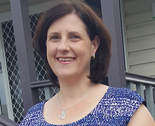
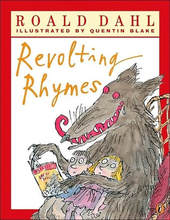
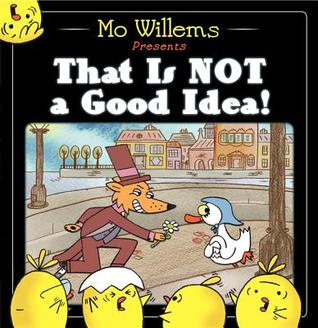
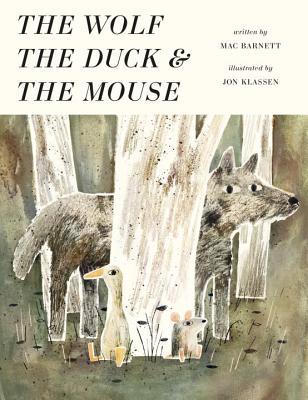
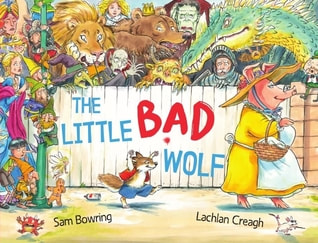
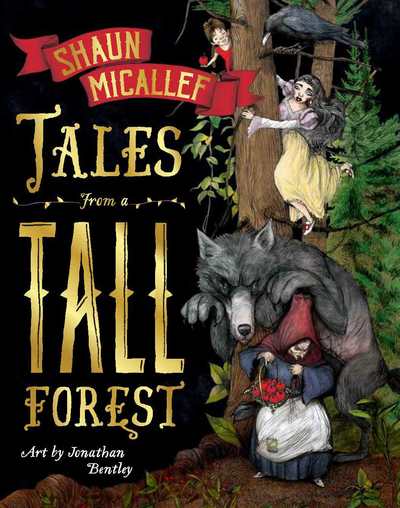
 RSS Feed
RSS Feed
